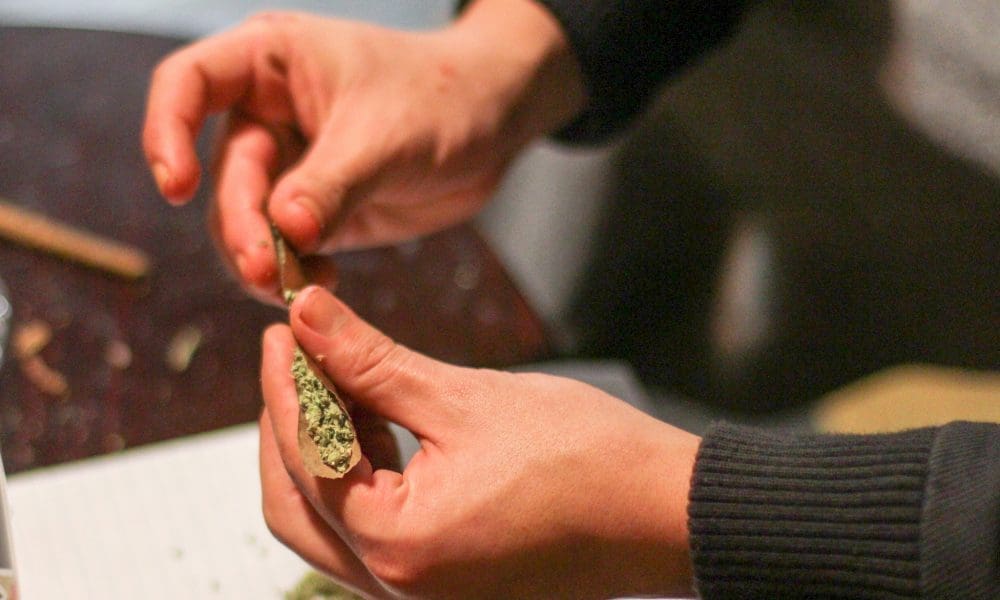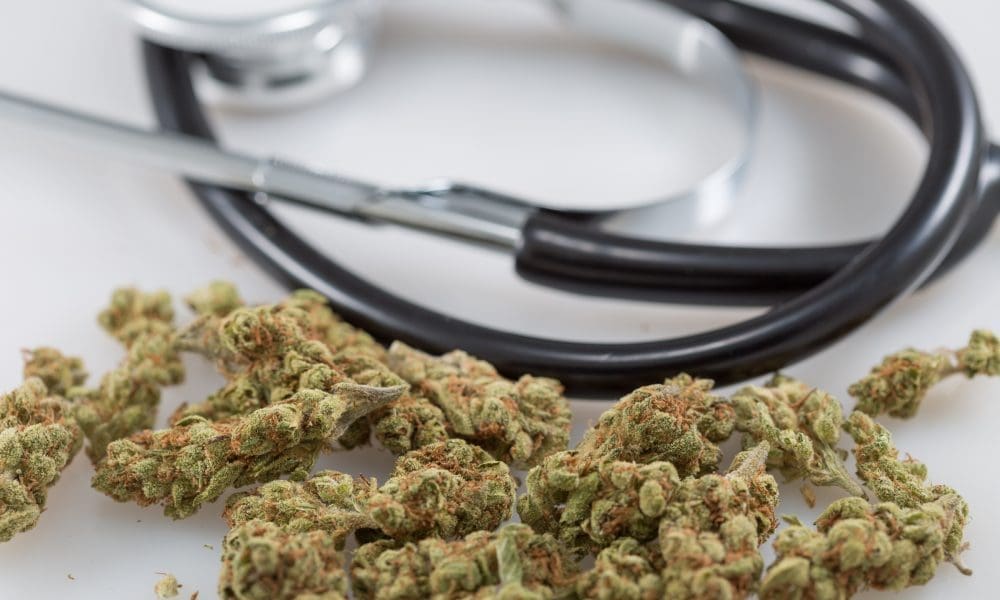While underage marijuana use has remained stable amid the legalization movement, a new federally funded study shows that adult consumption of cannabis, as well as of psychedelics, reached a “record high” last year.
The annual Monitoring the Future (MTF) survey—which is conducted by the University of Michigan with support from the National Institute on Drug Abuse (NIDA)—found that past-year marijuana use among those aged 19-30 hit 44 percent in 2022, while 28 percent of older adults aged 35-50 said they used cannabis in the last 12 months.
About 29 percent of young adults said they used marijuana in the past month as well, and 11 percent said they consumed daily. The older cohort reported past-month cannabis use at 17 percent and daily consumption at 7 percent.
This has been a consistent theme in the MTF survey, with adults using marijuana more often as more states enact legalization. But while opponents of the reform have long argued that allowing and regulating cannabis sales would drive underage use, the same study has shown that isn’t the case, as teen marijuana consumption remained stable last year, even as coronavirus pandemic restrictions lifted and socialization normalized.
The survey data released on Thursday doesn’t explicitly say that adult use trends are linked to legalization, it does note that the “legal status of marijuana at the state level, as well as how it is talked about in the literature and society at large, is changing.”
Another drug policy reform movement has taken root in the U.S. in recent years, with numerous jurisdictions moving to decriminalize or legalize certain psychedelics as interest in their potential therapeutic benefits has increased. And the MTF study finds that adults are also using those substances at a higher rate.
The rate of past-year use of hallucinogenic substances among those aged 19-30 reached eight percent in 2022, which is statistically comparable to the prior year but nearly double the rate from five years ago when only 4.5 percent of young adults said they’d consumed them in the past twelve months. Conversely, four percent of adults aged 35-50 used psychedelics in the past year—which is double the rate that group reported in 2021 and four times the rate from five years ago.
“This increase was driven by hallucinogens other than LSD, the prevalence of which significantly increased from over the past 5 years (from 3.1 percent in 2017) and 10 years (from 2.9 percent in 2012) to 7.0 percent in 2022,” the survey says. The “exception” to the psychedelics trend is MDMA, the use of which did not significantly change last year compared to 2021.
As with marijuana, the 2022 MTF survey of teens, which was published late last year, showed that psychedelics use has not significantly changed over the last 20 years.
“Substance use is not limited to teens and young adults, and these data help us understand how people use drugs across the lifespan,” NIDA Director Nora Volkow said in a press release on Thursday. “Understanding these trends is a first step, and it is crucial that research continues to illuminate how substance use and related health impacts may change over time.”
“We want to ensure that people from the earliest to the latest stages in adulthood are equipped with up-to-date knowledge to help inform decisions related to substance use,” she said.
With respect to marijuana, the latest data seems to show that adults are taking advantage of the expansion of the legal market at the state level while cannabis remains federally prohibited. In addition to the part of the trend that is accounted for by actual new use, it also possible that with legalization becoming the norm across the country, more adults simply feel comfortable being honest about their ongoing marijuana habits as part of federally funded surveys such as the MTF.
A Gallup poll released this month also found that fully half of all American adults have tried marijuana at some point in their lives, with rates of active cannabis consumption surpassing that of tobacco. Broken down by age, 29 percent of those 18-34 say they currently smoke marijuana, though that’s not necessarily representative of overall cannabis use because the survey only asked about smoking and not other modes of consumption such as edibles, vaping or tinctures.
Meanwhile, as consumption patterns shift among adults, another recent analysis from Gallup reveals the partisan gap in support for cannabis legalization. A majority of Republicans and Democrats, as well as those who lean toward one party or the other, both support ending prohibition, but Democrats have more quickly embraced the issue over the past two decades.
But increased public support for legalization and expanded access to state level markets has so far not translated into any discernible jump in underage marijuana use, despite the repeated claims of prohibitionists that it would.
While the MTF survey showed that youth cannabis consumption remained stable last year, another analysis from the Centers for Disease Control and Prevention (CDC) found that rates of current and lifetime cannabis use among high school students have continued to drop amid the legalization movement.
What was especially notable about the data is that it found high school student use was trending up from 2009-2013—before legal marijuana dispensaries started opening—but has been generally on the decline since then. The first state recreational legalization laws were approved by voters in 2012, with regulated retail sales beginning in 2014.
A separate NIDA-funded study that was published in the American Journal of Preventive Medicine last year also found that state-level cannabis legalization is not associated with increased youth use.
The study demonstrated that “youth who spent more of their adolescence under legalization were no more or less likely to have used cannabis at age 15 years than adolescents who spent little or no time under legalization.”
Yet another federally funded study from Michigan State University researchers that was published in the journal PLOS One last year found that “cannabis retail sales might be followed by the increased occurrence of cannabis onsets for older adults” in legal states, “but not for underage persons who cannot buy cannabis products in a retail outlet.”
Photo courtesy of Martin Alonso.
Read More Feedzy



